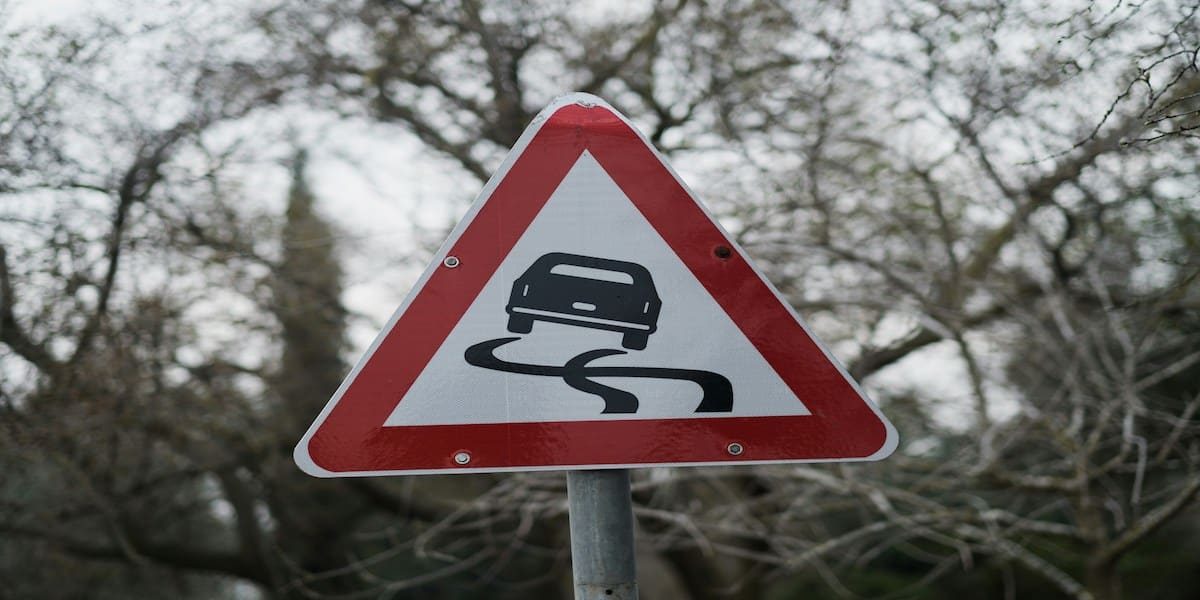Image Commercially Licensed From: Unsplash
By: Henry Jackson
Introduction
In the bustling world of 2024, roadside assistance has become an indispensable ally for drivers. Once a simple service offering towing and minor repairs, it has evolved into a sophisticated network that caters to the complex needs of modern vehicles, including electric and autonomous cars. This article delves into the current state of roadside assistance, exploring its advancements, challenges, and future prospects.
Evolution of Roadside Assistance Services
The concept of roadside assistance has been around for over a century, originally rooted in basic mechanical repairs and towing. However, the last decade has seen remarkable transformations. The introduction of advanced telematics and the rise of electric vehicles (EVs) have reshaped service offerings. Companies now integrate smart technology for quicker, more efficient service dispatch and support for a broader range of vehicle types.
Current Services and Technologies
In 2024, roadside assistance encompasses a wide array of services:
- Emergency Support: Traditional services like tire changes, jump-starts, and towing remain fundamental. Enhanced GPS tracking enables quicker response times.
- EV Support: Specialized services for EVs, including mobile charging units, are increasingly common, addressing the unique challenges faced by electric car owners.
- Digital Platforms: Many providers offer mobile apps for instant access to services, real-time tracking of assistance vehicles, and AI-powered diagnostics.
- Autonomous Vehicle Support: With the gradual introduction of self-driving cars, providers are preparing for new challenges, such as remotely resolving software glitches or safely towing autonomous vehicles.
Challenges in the Industry
Despite advancements, the industry faces several challenges:
- High Demand and Resource Management: The surge in vehicle ownership and diversity in vehicle types strains existing resources.
- Training and Expertise: Keeping up with evolving automotive technology requires continuous training for service personnel.
- Cybersecurity: With increased reliance on digital platforms, protecting customer data and preventing cyber-attacks is crucial.
Consumer Expectations and Experiences
Consumer expectations in 2024 have shifted. Quick response times, transparent pricing, and digital convenience are not just preferred but expected. Customer experiences are enhanced through apps that offer features like service customization, real-time tracking, and direct communication with technicians.
Impact of Autonomous and Electric Vehicles
The rise of EVs and autonomous vehicles brings new dimensions to roadside assistance:
- EV Challenges: Addressing EV-specific issues like battery depletion in areas without charging stations.
- Autonomous Vehicles: Developing protocols for safely managing autonomous vehicles that may malfunction or require remote diagnosis.
Regulatory Landscape and Safety Standards
Regulations have evolved to ensure safety and efficiency in roadside assistance. This includes standards for towing safety, data protection laws for digital platforms, and guidelines for handling advanced vehicle technologies.
Sustainability in Roadside Assistance
Sustainability is a growing focus. Eco-friendly service vehicles, recycling parts, and promoting EV support services reflect this trend. Providers are also investing in clean energy solutions for their fleets.
Global Perspectives and Variations
The approach to roadside assistance varies globally. In Europe, there’s a strong focus on multi-modal transport support, while in North America, the vast distances influence the nature of services offered. Asia-Pacific regions are rapidly adopting new technologies, reflecting their fast-paced automotive market growth.
Industry Collaboration and Partnerships
Collaborations between automotive manufacturers, tech companies, and service providers have become common. These partnerships aim to integrate roadside assistance seamlessly into the vehicle’s ecosystem, offering enhanced safety and convenience.
Al Lijee, CEO, MyWindshield said:
“A few key developments I’m observing are usage-based and on-demand options for folks who only drive occasionally, don’t need bundled tow miles they won’t use, or want stopgap coverage when traveling. Budget-focused choices beyond just auto club memberships.
I’m also seeing coverage get more specialized for RVs, exotic vehicles, and classic cars that may need unique servicing expertise or equipment. And more add-ons catering to the mobile lifestyle like meal reimbursements, pet transportation, and extended delays.
Integration with telematics, GPS tracking, and mobile apps is definitely increasing too – promoting faster response, proactive or remote troubleshooting to avoid a full tow, and claims automation.”
Al Lijee is also the CEO of TowGator and mentioned that: “Today, it’s not just about towing a car or fixing a flat tire.
It’s about integrating advanced digital solutions, addressing the unique challenges of electric and autonomous vehicles, and ensuring a sustainable and secure service model. Roadside assistance has evolved from a reactive service to a proactive and technologically sophisticated partner for modern drivers”
Future Outlook and Innovations
Looking ahead, the industry is poised for further innovations:
- Integration with Smart Cities: Leveraging IoT for more coordinated roadside assistance in smart city environments.
- Advanced Diagnostics and AI: Utilizing AI for predictive maintenance and advanced diagnostics to prevent breakdowns.
- Drones and Robotics: Exploring the use of drones for rapid response and assessment, and robotics for certain types of repairs.
Conclusion
The state of roadside assistance in 2024 reflects a dynamic blend of tradition and innovation. While it continues to provide the essential services that drivers rely on, its evolution is closely tied to advancements in vehicle technology and changing consumer needs. As we move forward, the industry is not just responding to the challenges of today but is actively shaping the future of on-the-road support.

















